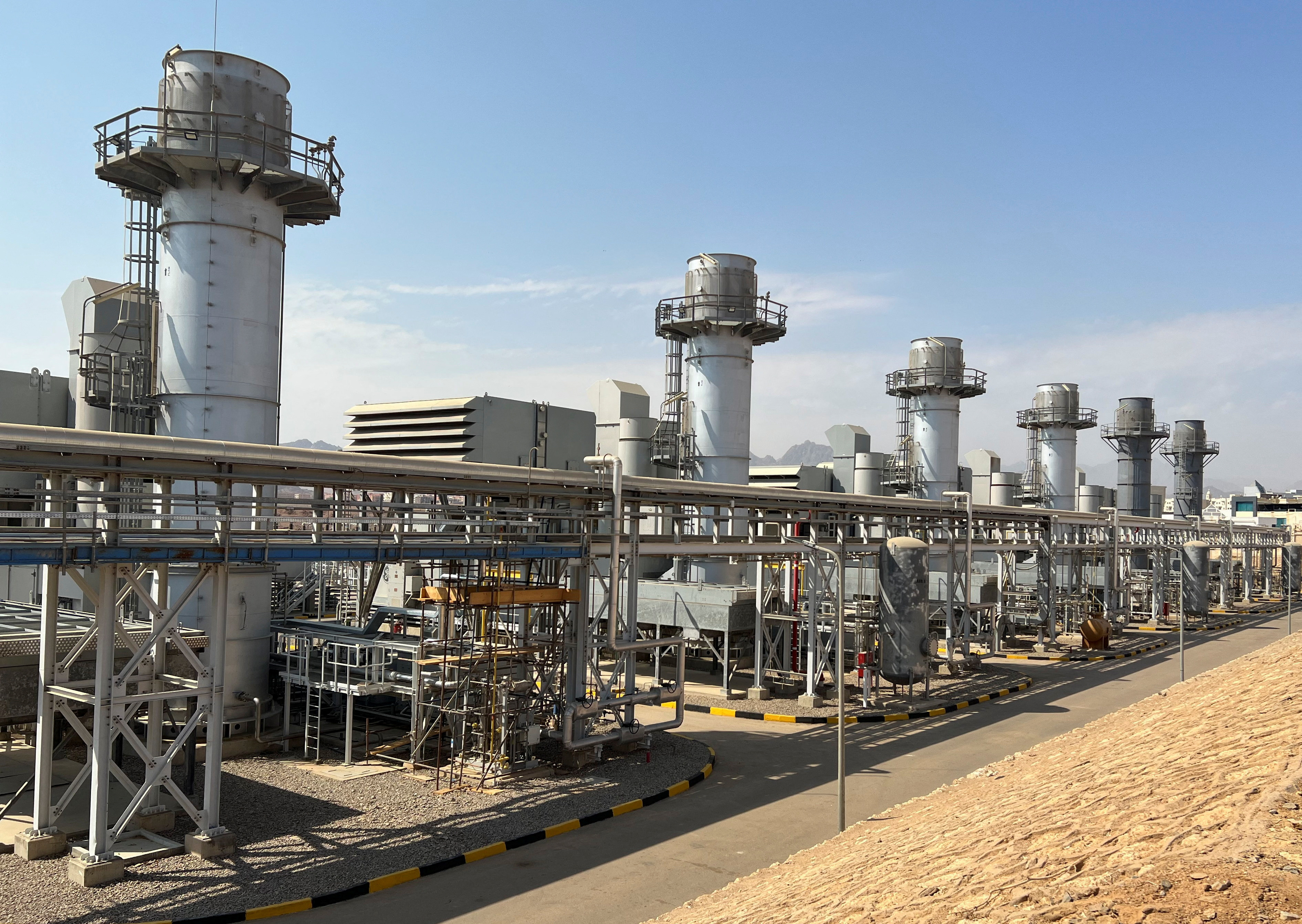Hydrogen generator demonstrated; Ontario announces project funding
Our pick of the latest green hydrogen news you need to know

The HYFLEXPOWER Consortium has successfully completed the first stage of a project to demonstrate hydrogen can be used to power an industrial turbine, according to a statement by Siemens Energy.
The consortium, which consists of ENGIE Solutions, Siemens Energy, Centrax, Arttic, the German Aerospace Center (DLR) and four European universities, said the project marks the world’s first industrial-scale power-to-hydrogen-to-power demonstration with an advanced turbine and 100% hydrogen content fuel.
The hydrogen is produced by a 1MW electrolyzer on site, and then stored in an almost one-ton tank and used to power a Siemens Energy SGT-400 industrial gas turbine at a site in Saillat-sure-Vienne in France.
The HYFLEXPOWER project demonstrates that hydrogen can be used as a flexible energy storage medium, and that it’s also possible to convert an existing gas-fired power turbine to operate using renewable hydrogen, Siemens Energy said.
The 15.2-million-euro project, first announced in 2020, was two-third funded by investment from the European Union’s Horizon 2020 Framework Program for Research and Innovation.
“The interaction between electrolysis, storage, and hydrogen conversion at one site has been impressively demonstrated, and now it's a matter of scaling the results," said Karim Amin, Member of the Executive Board of Siemens Energy.
Ontario announces hydrogen funding
Canadian province Ontario has announced the first six projects that will receive some $7.5 million in funding through the new Hydrogen Innovation Fund.
The projects form part of the Hydrogen Innovation Fund’s $15 million for projects over the next three years, the government said.
The first six recipients of the investment, administered by the Independent Electricity System Operator (IESO), will focus on the opportunities for hydrogen to serve as a clean alternative fuel for transportation and other end-uses, it said.
The projects include $1.8 million for Enbridge Gas for North America’s first hydrogen driven Combined Heat and Power facility and $3 million for Emerald Energy from Waste for a new facility to produce hydrogen from waste.
Some $1.9 million has been awarded to Carlsun Energy Solutions for a new electrolyzer to supply a fueling station, and another $500,000 for Carlsun to study the feasibility of using off-peak electricity to produce hydrogen for fertilizer.
Kinetrics will receive $250,000 to study the feasibility of integrating hydrogen production, hydrogen power generation and a hydrogen fueling station, while the University of Windsor will receive $130,000 to research the potential of wind-produced hydrogen to provide grid services and support the greenhouse sector.
“The projects announced today will reveal crucial insights into how hydrogen electrolyzers can be integrated into Ontario’s electricity system while producing low-carbon hydrogen for other end-uses,” said Lesley Gallinger, President and CEO of the IESO.
MIT design system for solar hydrogen
MIT engineers have laid out a conceptual design for a system that can efficiently produce ‘solar thermochemical hydrogen’ (STCH) by harnessing 40% of the sun’s heat, the university said.
Until now, STCH designs have been low-yield and high-cost, showing limited efficiency with only about 7% of sunlight used to make hydrogen.
The process differs from electrolytic hydrogen, which uses electricity to split water into hydrogen and oxygen, and instead uses the sun’s heat directly.
The STCH system is a two-step thermochemical reaction, whereby the first step exposes steam to a metal which causes the metal to grab oxygen from the steam, leaving hydrogen behind, it said.
The oxidized, or rusted, metal is then reheated in a vacuum which reverses the rusting process and regenerates the metal. The metal is then clear to be exposed once again to steam, repeating the process potentially hundreds of times.
“We have to think of every bit of energy in the system, and how to use it, to minimize the cost,” said the study’s lead author, Ahmed Ghoniem, the Ronald C. Crane Professor of Mechanical Engineering at MIT.
“And with this design, we found that everything can be powered by heat coming from the sun. It is able to use 40 percent of the sun’s heat to produce hydrogen.”
Hyundai signs MoU in Saudi Arabia
Hyundai Motor Company has signed a memorandum of understanding (MoU) wit Korea Automotive Technology Institute (KATECH), Air Products Qudra (APQ), and the Saudi Public Transport Company (SAPTCO) to establish and develop a hydrogen-based transport ecosystem in Saudi Arabia, the South Korean automaker said in a statement.
The groups agree to collaborate on the promotion of demonstration projects for hydrogen fuel cell commercial vehicles and exploring opportunities for joint research in the field of hydrogen-based mobility, it said.
Hyundai will provide hydrogen fuel cell commercial vehicles to SAPTCO as part of the agreement.
KATECH, meanwhile, explore opportunities for collaboration in R&D, APQ will secure the hydrogen supply in Saudi Arabia, sand SAPTCO will work closely with stakeholders to formulate a long-term plan aimed at expanding the hydrogen-based mobility sector.
"This partnership with the country's major stakeholders represents a significant milestone in our efforts to establish a sustainable hydrogen value chain in Saudi Arabia," said Jaehoon Chang, President and CEO of Hyundai Motor Company.
By Reuters Events Hydrogen
